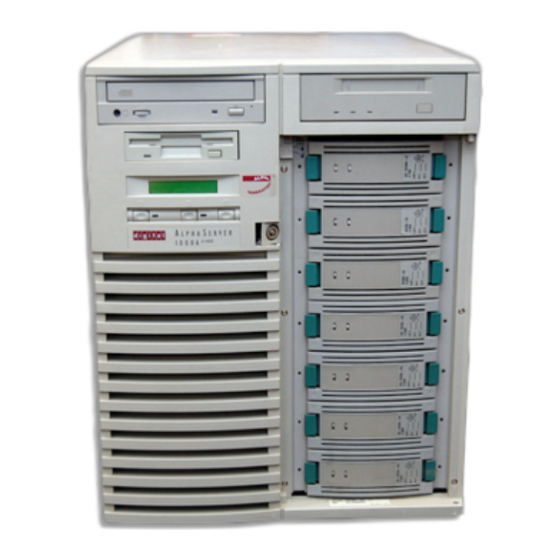reinhardtjh
Experienced Member
I never had a 1000. I had an Alphaserver 800 and a 1200. Generally there are some screws in the back that you take out and the the sides come off.
No manuals? First thing I did whenever I got a new system, or even before I did, was scour the internet for any manuals that might have been scanned or came as PDF's. That stuff is rapidly disappearing from the 'net as old sites fade when people pass or lose interest.

 www.manualslib.com
www.manualslib.com
https://archive.org/details/DigitalDECAlphaServer1000OwnersGuide1994 <-- For 1000 not 1000A but probably still useful
Marketing - Useless except for context: https://ia803009.us.archive.org/9/i...1003062/DEC-AlphaServer-1000A-System_text.pdf
No manuals? First thing I did whenever I got a new system, or even before I did, was scour the internet for any manuals that might have been scanned or came as PDF's. That stuff is rapidly disappearing from the 'net as old sites fade when people pass or lose interest.

DEC ALPHASERVER 1000A OWNER'S MANUAL Pdf Download
View and Download DEC AlphaServer 1000A owner's manual online. AlphaServer 1000A server pdf manual download.
https://archive.org/details/DigitalDECAlphaServer1000OwnersGuide1994 <-- For 1000 not 1000A but probably still useful
Marketing - Useless except for context: https://ia803009.us.archive.org/9/i...1003062/DEC-AlphaServer-1000A-System_text.pdf






